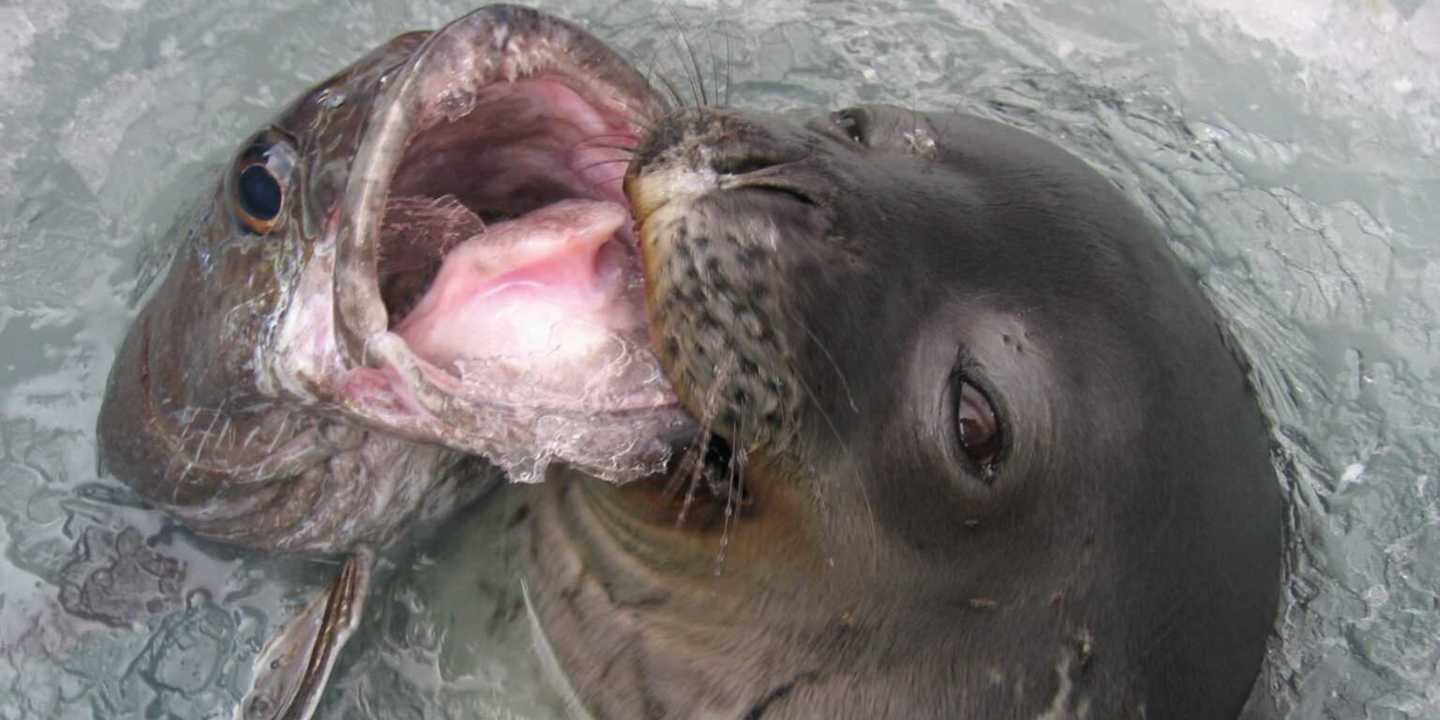The Strategic Plan for Biodiversity 2011-2020 of the Convention on Biological Diversity and the United Nations Sustainable Development Goal 14 provide for the designation of at least 10% of coastal and offshore marine areas as Marine Protected Areas (MPAs) worldwide by 2020. Currently, close to 8% of the oceans are designated MPAs, albeit many MPAs are quite small and within national jurisdiction. Several initiatives are currently underway to establish large MPAs in the Convention Area of the Commission for the Conservation of Antarctic Marine Living Resources (CCAMLR) as parts of the global MPA network.
Germany’s Leading Role in the WSMPA Adventure
Germany plays a leading role in the development of Antarctic MPAs. At the CAMLR Commission Meeting (Hobart, Tasmania) in 2012, Germany announced that it was willing to take the initiative in developing a MPA in the Weddell Sea, one of the last pristine areas in the Southern Ocean. The German Federal Ministry of Food and Agriculture, representing Germany within CCAMLR, then asked the Alfred Wegener Institute (AWI) to establish the scientific basis the Weddell Sea MPA (WSMPA) could be based upon. A small project team was formed at the AWI with HIFMB`s Thomas Brey and Katharina Teschke as team members. Katharina remembers very well these early days of the WSMPA project team. We all were novices to this work, we had no the slightest idea about the forthcoming scientific and political ramifications, but excitement, curiosity and a good measure of bravado made us jump straight into the WSMPA adventure. What did we know …
How to Obtain a Representative Model of the Weddell Sea Ecosystem
Over the last six years, the WSMPA team compiled, cleaned and analysed a huge amount of data, which has been produced by scientists from more than twenty countries. From these data sets, hundreds of data layers were produced using diverse modelling techniques and geographic information systems to obtain a representative and holistic picture of the Weddell Sea ecosystem, ranging from environmental (e.g., topography, sea ice dynamics) to oceanographic (e.g., temperature, salinity) to biological features (e.g., species distribution, biodiversity patterns). Several iterations of data analysis and discussions within CCAMLR working groups identified an area of approx. 2 million-km2 that qualified for protection. Finally, at the CCAMLR meeting in October 2016 (Figure 1) the CCAMLR’s Scientific Committee, an advisory board composed of international scientists, judged this work to constitute “the best available science” regarding the potential development of a WSMPA.

Effective protection (of Antarctica) requires professional integrity from all parties involved and sound scientific knowledge.
Audun Halvorsen, State Secretary, Ministry of Foreign Affairs of Norway
No Common Accord on the WSMPA Proposal
This was an important project milestone and paved the way for negotiations on the design of the actual WSMPA including a management and research and monitoring plan. So where are we now? Thomas, meanwhile promoted to the position of the German Representative at the Scientific Committee of CCAMLR, can tell: We are grinding along at a snail’s pace. So far, the CAMLR Commission is far from reaching common accord on the WSMPA proposal (and any other MPA proposal). CCAMLR member states do not agree on the necessity and role of MPAs in the Antarctic. Some members take a decidedly anti-MPA stand and try to delay or even to halt the process of implementing Antarctic MPAs at all levels of CCAMLR. The basic issue here is that these members see their long distance fisheries – globally and hence in the Antarctic, too – as a question of national significance or even sovereignty which may be restricted by a MPA. Regarding the Weddell Sea, the highly prized Antarctic toothfish, sometimes referred to as “white gold” is the problem (Photo in the header). CCAMLR fishing member states see a resource that may be suitable for future commercial exploitation. Non-fishing states emphasize a precautionary approach. They are more concerned with the vulnerability to fishing of the toothfish population as this fish is very long-lived (up to 50 years) and slow-growing.
Optimism and Staying Power
At present, the situation in CCAMLR appears to be relatively deadlocked, owing to the fact that current positions are politically and less scientifically determined. Apparently, a breakthrough at much higher political levels would very much facilitate the implementation of Antarctic MPAs. Nevertheless, we remain optimistic. Establishing a WSMPA is a long-term objective and no business for the fainthearted. We succeeded in turning one fishing member state into a supporter of the WSMPA already, and we continue our efforts in exploring common ground with those members that still oppose our proposal.
More Information
- Atlas of Marine Protection
- Convention on Biological Diversity (CBD) – Strategic Plan for Biodiversity 2011-2020, including Aichi Biodiversity Targets
- MPAs and the Commission for the Conservation of Antarctic Marine Living Resources (CCAMLR)
- Protect Planet Ocean: An initiative by IUCN with the collaboration with UNEP-WCMC
- United Nations Sustainable Development Goals
